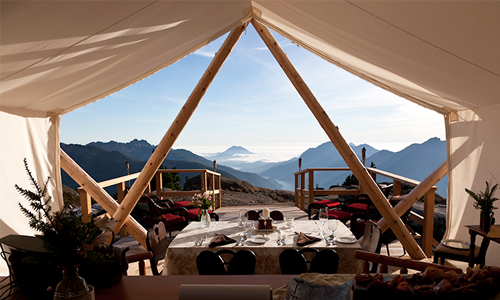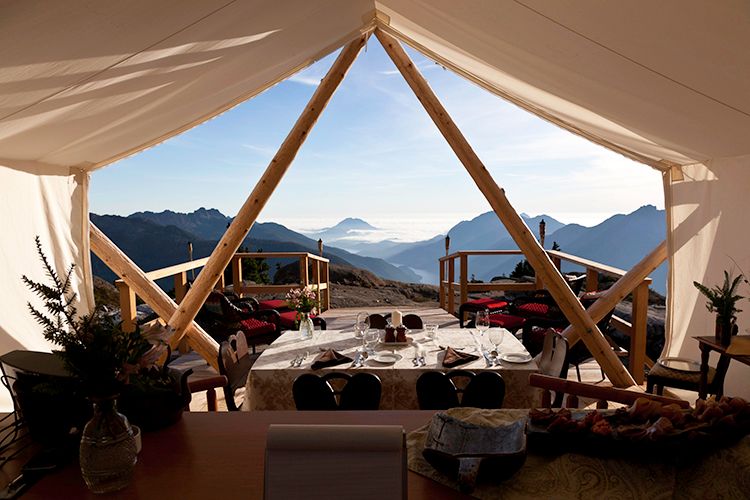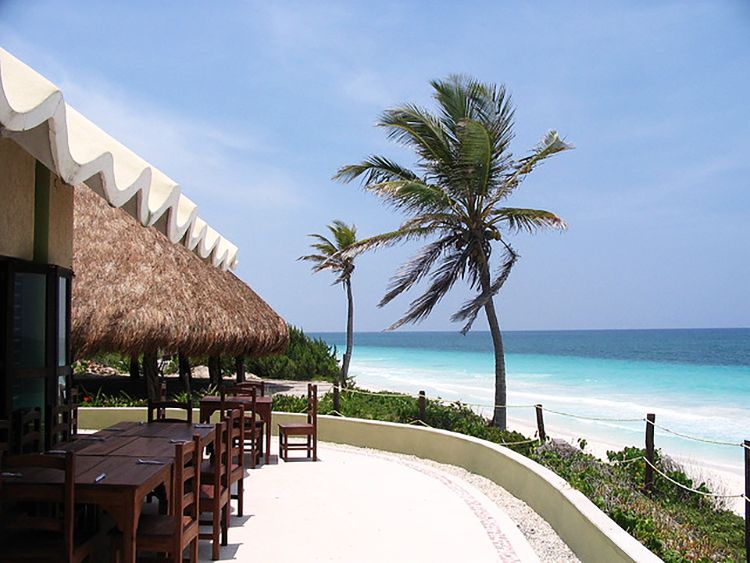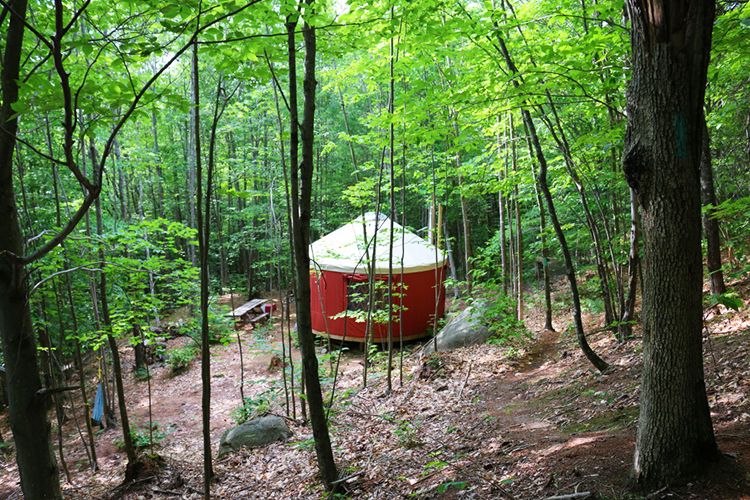

In the 1950s, the world was crisscrossed by some 25 million annual tourists (i.e., overnight visitors). In 2014, according to the Center for Responsible Travel, that number ballooned to nearly 1.2 billion—about a 4,000 percent increase—contributing $7.6 trillion (almost 10 percent) to the world’s GDP.
But the sad and inescapable fact is that all our flying, driving and trampling about has also contributed to the destruction of the environment, harming wildlife, historical sites and the livelihoods of indigenous societies around the globe.
As the largest global service industry, tourism can—and should—play a significant role in conservation and environmental sustainability. That was the message that U.N. Secretary-General Ban Ki-Moon delivered on World Tourism Day in 2012. “One of the world’s largest economic sectors, tourism is especially well‐placed to promote environmental sustainability, ‘green’ growth and our struggle against climate change through its relationship with energy,” he said.
Robert Baden-Powell, founder of the world Scouting movement, was an early proponent of not only treading lightly when you travel, but also doing some good while you’re there. In his last message before his death in 1941, Baden-Powell neatly summed up his philosophy: “Leave this world a little better than you found it.” It’s a sentiment that anchored the “Leave No Trace” outdoor/camping ethos that took root in the 1960s and it can easily serve as a motto for ecotourists and ethical travelers alike.
Thinking about a travel destination in North America that shares your green philosophy? Here are 10 of the best to consider.
1. Earthship Rentals (Taos, New Mexico)
Taos, a desert town in the New Mexico high desert situated at the edge of the Sangre de Cristo Mountains and known for its historic Native American adobe buildings and its artist colony, has long been a destination for eco-minded free spirits. It’s also the location of a small collection of unique eco-friendly buildings called Earthships.
Constructed from natural and recycled materials, including tires packed with dirt, Earthships are passive solar houses, meaning their entire structures—including windows, walls and floors—are designed to collect solar energy. The first Earthship was designed in the 1970s by the architect and environmental activist Michael Reynolds, who calls his unique practice Earthship Biotecture.
Ecotourists can enjoy the sites of Taos while staying at Earthship Rentals, which offer a unique taste of sustainable, off-grid living, including growing your own food and using water provided by cisterns that collect rain and snow. Plus, they are dog-friendly, so bring Fido along. You can also enjoy the amenities of modern life, such as Wifi and TV. But why boob-tube it when you’re surrounded by a gorgeous landscape that has attracted and inspired artists for over a century? Earthships can transport you while not moving at all—the perfect opportunity to unplug and recharge.
2. Clayoquot Wilderness Resort (British Columbia)
Winston Churchill once said, “There are no limits to the majestic future which lies before the mighty expanse of Canada.” Unfortunately, the world’s second largest nation hasn’t been protecting that mighty expanse all that well. According to its 2015 annual report, the nonprofit Canadian Parks and Wilderness Society (CPAWS) found that the nation is lagging on its commitment to protect at least 17 percent of its land and fresh water by 2020—and is behind the global average.
“Based on our assessment of progress since Canada endorsed the UN Convention on Biological Diversity 10-year plan in 2010, it would take us 50 years from today, not five, to meet our commitment to protect at least 17 percent of our land and fresh water,” said Alison Woodley, nation director of CPAWS’ parks program.
One of the places that has been protected is an eco-resort tucked away in the remote wilderness of Clayoquot Sound in British Columbia, Canada. Clayoquot Wilderness Resort offers the best of both worlds, from river kayaking, horseback riding, hiking through old-growth forest and surfing on a secluded beach, to five-star dining, spa treatments and as its website notes, “great white tents with their fluffy duvets and antiques.”
The all-inclusive, summer-only luxury resort isn’t just about pampering guests and offering great adventures in a pristine landscape—it’s also playing an important role in the region’s sustainability and environmental stewardship. The resort has invested in the protection of the area’s wild salmon, working with the nonprofit Wild Fish Conservancy, based in neighboring Washington state, to protect the fish stocks against the threats of overfishing and climate change.
https://youtu.be/3m_qJtUit9Q
Clayoquot has also partnered with the Ahousaht First Nation to restore indigenous land, share the Ahousaht’s cultural legacy with visitors and build relationships that foster economic development within the local community.
The late Canadian artist and writer Emily Carr, who found creative inspiration in the indigenous people who lived along the Pacific Northwest coast, said, “It is wonderful to feel the grandness of Canada in the raw.” Clayoquot offers that raw grandeur—just with fluffy duvets.
3. Sian Ka’an (Tulum, Mexico)
Located on the eastern coast of the Yucatan Peninsula in Mexico, Sian Ka’an is home to thousands of species of flora and fauna. The reserve is so pristine and biodiverse that, in 1986, it was designated Biosphere Reserve. And the following year, it was declared a World Heritage Site by UNESCO, the United Nations Educational, Scientific and Cultural Organization, which works with nations to secure the world’s cultural and natural heritage. Sian Ka’an is the largest protected area in the Mexican Caribbean.
There’s no shortage of eco-friendly activities here, from exploring Mayan ruins to diving in the deep cenotes (crystalline pools of freshwater connected by an intricate network of underground rivers) or simply enjoying the gorgeous white sand beaches and swimming in the Caribbean. You’d never guess that just two and half hours north is Cancun, a hyper-touristic spot that has been overrun by college students on spring break.
Sian Ka’an is committed to protecting its fragile ecosystem—and its esteemed World Heritage Site status. As it says on its website, “Sian Ka’an is one of the most spectacular and ecologically diverse places on Earth—and we want to keep it that way.”
4. Nurture Through Nature (Denmark, Maine)
Located deep in the rugged heart of western Maine’s Lakes and Mountains region, Nurture Through Nature is the state’s first green-certified, Earth-friendly retreat center and has been providing individuals, couples and groups an environmentally conscious getaway since 1999.
Visitors can explore the retreat’s 33 forested acres nestled along the lower slopes of Pleasant Mountain along a maze of private hiking trails that lead to a spring-fed mountain brook and sweeping views of Mount Washington and the White Mountains. This is an ideal place to reconnect with nature.
Nurture Through Nature’s stated mission is to “offer a healing, Earth-friendly retreat space for reflection, contemplation and connection with your true self and the living Earth.” That connection is encouraged by yoga classes, guided meditation, a private sauna, massage therapy, healing arts classes and holistic life coaching—all within a green-certified off-the-grid getaway that uses solar power, compost, renewable heat sources and non-toxic cleaning products.
With 1.3 million residents, Maine is the least densely populated state east of the Mississippi River. And as far as states go, it’s not that popular of a tourist destination, ranking 44th in a 2014 survey conducted by HotelsCombined, a hotel booking site. Still, for a state with a GDP at around $54 billion, tourism fuels a tenth of the economy, providing more than 94,000 jobs—about 14 percent of the state’s total employment. “Given that Maine’s economy pivots on 22 million tourists who spend as much as $6 billion a year, the state’s challenge is to balance one of its main sources of income with the preservation of its ecosystem,” writes Kay Tang in USA Today. “Ecotourism could be Maine’s win-win solution to this dilemma.”

 233k
233k  41k
41k  Subscribe
Subscribe 



